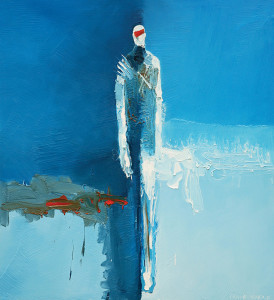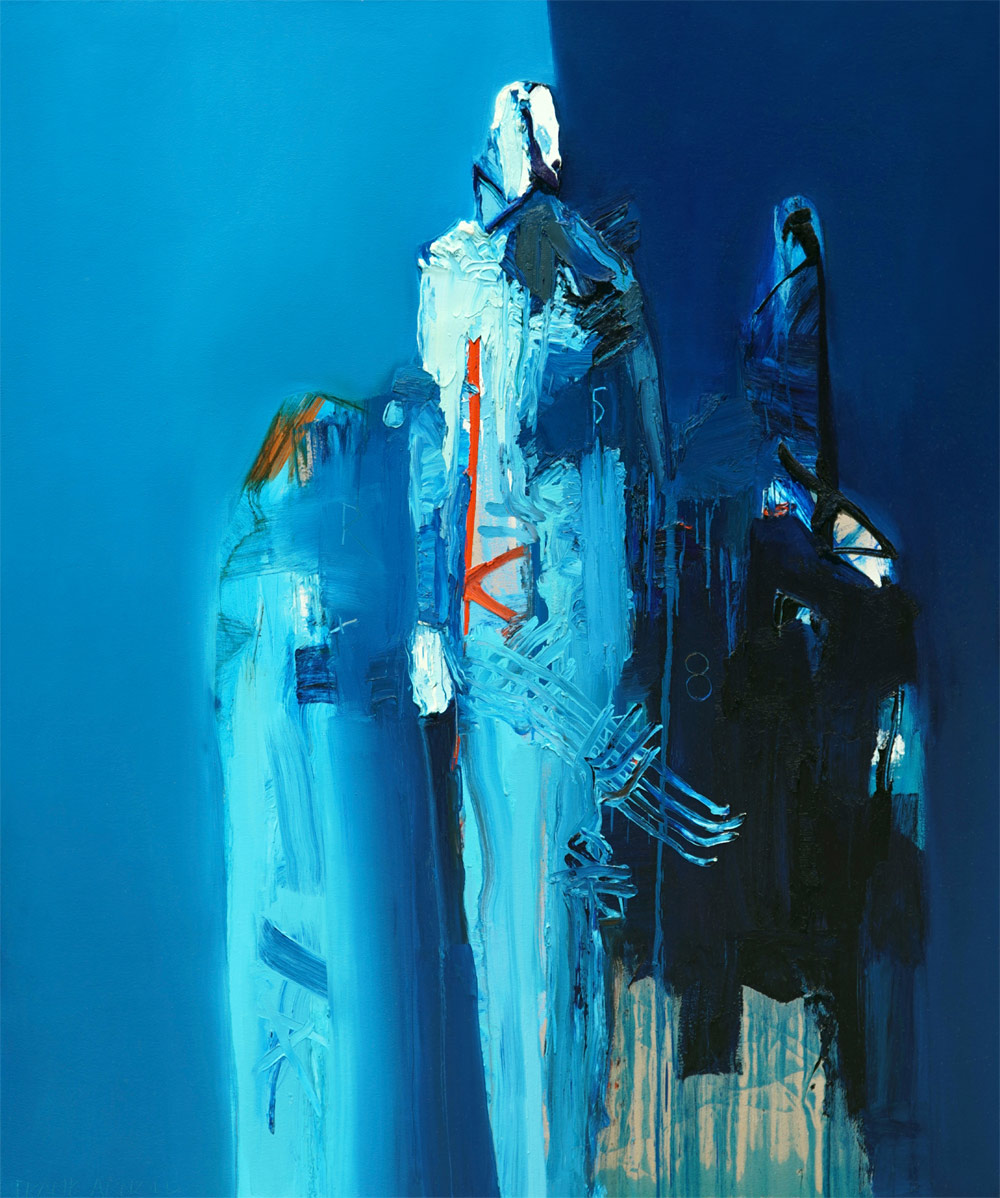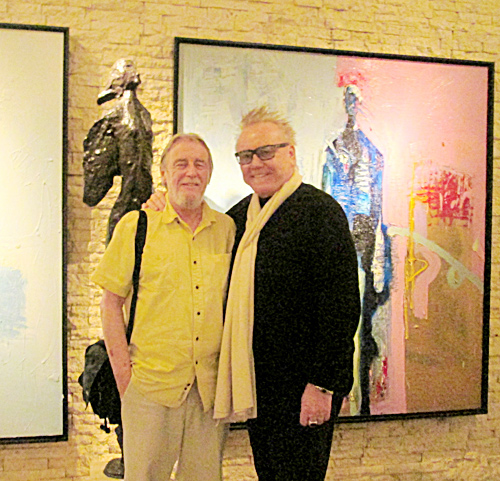Written by Maurice Cardinal
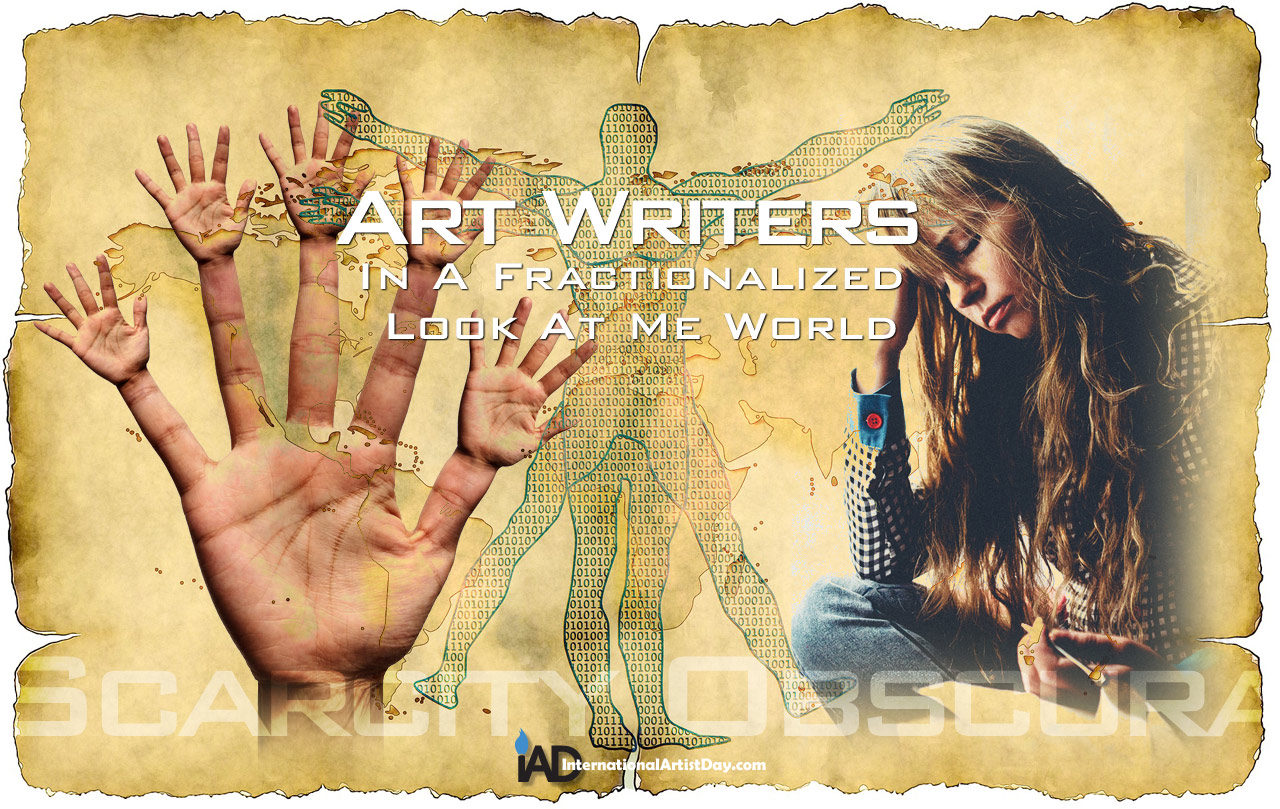
If art is a vision of the future today, why are so many artists still stuck in the past?
Quality of art slipped quietly out the back door when MP3 and Napster noisily pushed their way to the front of the line. Contemporary visual art got caught in the vortex as professionalism across the entire art industry started to slide. Visual and performance artists claimed technology as the panacea for corporatism, but they were only half right.
MP3 was a mega boost for art and technology and a nod toward the future. In the late nineties the big five record companies took relentless hits from a stream of frustrated studio musicians who were the artistic lifeblood of the music industry. These artists played on almost every single hit album, anonymously, and were the first to recognize that the internet would have a major impact on their art by providing exposure and distribution they never had in the past.
Within a couple of years every garage band in the interplanetary universe started dumping free music into the audio jet stream. While peer-2-peer technology undermined and turned record companies inside out, iTunes recognized a corporate opportunity, and within a decade claimed galactic data victory in the music industry, making it seem like corporations had won again.
File sharing was a boon for artists, and it still is for those who know how to speak data.
For the other ninety-nine percent of artists, data was, and still is, incredibly frustrating.
As it turns out, most of us are the data–it’s how FaceBook works, and it’s where it went wrong for contemporary artists–FaceBook was fined $5 billion for a reason. Artists who still naively and improperly use FaceBook will only get buried in the crowd and lost. FaceBook is not what most people think. There are now options that are much more effective.
Napster was the first marketing disruptor to go mainstream and leverage the power of file sharing. Back then the only types of files that could be shared through internet file-swapping networks were audio files. Today all types of data–BIG DATA can be shared just as easily, and now affordably and securely with zero risk of being ripped-off. Thanks to blockchain and distributed networks running IPFS, anyone can put their art online now and not worry about it being copied or stolen, but that’s just half of the story. It takes way more than technology to effectively market art.
In the nineties, and for the first time, musicians everywhere could connect directly with their audience, and in a few years, through social media, fans would also be able to hook up with singers and musicians– kinda like a real conversation, but different. The converging apex where both sides crossed paths is the strange attractor described in the scientific theory of chaos that redefined forever how artists and audiences communicate and relate to each other.
Well, not all artists. Musicians are the communicators of the art industry, and know how to work cohesively within their own teams and their audiences. Visual artists on the other hand are often social loners, most with underdeveloped public relations and communication skills.
Painters hide, while musoids party – which is code for network!
Musicians know how to engage and talk to art reporters, while most painters still believe the world will find them if given enough time. Musicians don’t wait. Their success is reflective of their gregarious natures. Musoids are also techno-freaks and know how to leverage data and make the most of social media, while most visual artists toil alone in their studios painting, sculpting, and waiting for some type of divine intervention, which very rarely if ever comes.
FaceBook is NOT God, although Zuckerberg would like you to think so.
Musicians have a love-hate relationship with reporters, but mostly, they love them. Most visual artists completely fail to appreciate the significance of an art writer, let alone know how to approach and talk to one. On the surface it looks like artists are narcissistic and arrogant, and some are, but mostly, artists of all ilk are simply afraid of being judged. Theories of why they have this debilitating psychological neurosis are numerous, but it often stems back to a less-than healthy upbringing and self-esteem issues–although sometimes it’s just in your genes. Old school visual artists struggle the most with the digital revolution, and many simply ignore it, while younger artists experiment and discover new worlds and exciting ways to reach audiences. Successful artists embrace promotion, which means talking to art reporters
Art writers …are also artists in their own right, and they play a critical role. Many are also artists in genres outside of writing. As trading and streaming free music became more prevalent, it was at about the same time that we started to lose the comfort-food filter of intellectual thought and gumshoe sleuthing by art writers. Over the course of several years the anemic opinions of our fake friends on fake-news FaceBook became seemingly more important than writers like Roberta Smith, co-chief art critic at the NY times who has written about art for more than forty-five years.
That guy Bob I used to know in high school, who now works at Wal-Mart and whom I never really liked that much, is now giving his FB followers advice about what type of art and music he thinks we should listen to and buy.
Something is missing. Turns out it’s the art writer, as in, professional opinion and context.
It is not just that I value an experienced and studied opinion, it is also that most of us don’t have the time, inclination, or tools to filter the oceans of big data that stream unchecked through the universe and into our consciousness. Sure, tech-talk AI is smart and fills the small gaps, and someday it might even drive my car. I also love the smart contract concept, and blockchain is great too–a bone fide technological advancement right up there with IPFS and distributed networks, but artificial intelligence is still light years away from being humanly intuitive, which is what is required in the last mile to turn art complexity into order. Machines are incapable of making real connections because they still can’t read and interpret nuance – the 1% factor.
Art writers deliver that relevance and clarity, not AI plugged into a machine.
Tech geeks who write this idealistic gobbledygook are often loners, similar in some ways to painters and many writers who sequester themselves in their work. An inordinate number have few real friends, if any, and also quite often a skewed concept of social reality – which isn’t necessarily bad when you factor in creativity. The challenge is that all this data and SocMed tech stuff is great in theory, but it has to be balanced with humanity. Most nerds hide in a dream world, which ironically is where most artists reside, so be careful about what and whom you believe.
You don’t have to unconditionally believe art writers, or coders, but it would be smart to at least consider the opinion of someone who thinks about and researches art considerably more than you.
Another unfortunate irony is that the residual effects of trusting your uninformed FB friends has eroded the coffers at real news companies. All those hard-working intellectual human filters are losing their jobs, thousands of them, thanks mostly to social media.
Disruption is a bitch.
Each time an art writer is fired, art audiences suffer because standards soften.
Over the last twenty years or so standards have fallen away considerably.
Technology can do that, especially when it’s in its infancy and only half-baked – for example, today, technology forces automatic phone updates on us that flip our lives upside down, yet, we put up with it and have forgotten how to demand quality and value for our money. Also, back in the day, MP3 had terrible audio fidelity, but we sacrificed quality over convenience and the prospect of FREE MUSIC! The thirty-year transition back to quality has taken us full circle, this time though, the end game is considerably different.
There was a time when standards for the masses were high across the board. High quality vinyl records were available and affordable for everyone, with only moderate fidelity improvements for a very small number of elite audiophiles. Western society was mostly middle class, and as the divide between the rich and poor increased, standards of quality fell away. Writers who wrote about art mattered less and less, because for the most part, consumers cared less and less about quality.
There is also an undertone of irony to this diametrical transition because visual art is now more important than it has ever been in all of history. It is now the domain of the masses and used as a tool of comfort – like a worn pair of slippers. Centuries ago, during the era of the masters like da Vinci and Rembrandt, art was primarily a sport for white rich men. Many claim it still is, although Asian markets are rapidly changing the landscape through sheer volume alone. 1.43 billion Chinese can’t be wrong, can they?
Art is now much more than something to hang on the wall to match the sofa.
Art is now therapy! Not for the viewer though–like it kinda used to be. It’s therapy for the millions of paint-by-numbers artists who collectively spend tens of millions on group art classes that help them cope with life. Art is a great way for frustrated women to drink red wine, spill paint, yak, and purge emotions. Men have sports bars, women have art classes.
Art’s place in the world has radically changed, especially over the last decade.
We’re not satisfied to just look at contemporary art anymore.
We want to be art and be the ball!
The billion dollar question is, where does that leave professional art writers?
If amateurs are now creating art, of which ninety-nine point nine percent of it looks amateur, plus, artists and artists’ friends are recommending this art to their friends on FB, or not, why do we even need art writers and critics? We have each other, and who better to give us advice than someone who knows even less about art than we know? “I bought it because I like it” is a great meme and mantra, but the critical factor is, and as the songs goes, “When the night meets the morning star, will you still love me tomorrow?”
Real art needs substance, not one night stand flashes of lust that slink out in the morning.
CNN Business reported that in January 2019, 1,000 news media people lost their jobs.
Many would have been art reporters and writers, because as we are all painfully aware, when budgets need to be cut, art funding is the first to get the axe! FB and Instagram are the new messiahs because now anyone and their mother can trickle inch-deep doodles onto an online public forum in the name of art, and ask their friends to hock it for them.
Also, artist tools, which at one time were hard to find and expensive, are now ubiquitous. You can buy “Made in China” art supplies at Wal-Mart for less than the cost of a cup of coffee. Box stores also sell huge art prints, framed, for $49.45. Unfortunately, competition like this for the eyes of the mass art market is a race to the bottom–unless you like street urchins and cats with big eyes.
Here’s some good news … just like in the music and film industries, a new fine art ecosystem has grown that caters exclusively to high-end art lovers and collectors. This elite fractionalized community is relatively easy to find, if you look, but that’s the problem. Not enough art buyers know it exists so they still plod aimlessly like lemmings through small galleries looking for emerging treasures. You can’t blame them though because most artists also don’t even know that the fractional art market exists.
Part of the reason for the disconnect is that experienced collectors valued art writers who were usually found in mainstream publications. Now however, art writers are often tucked away in obscure online corners that are harder to locate, but when you do, you’ll find the same intellect and passion as is present in high visibility art reporting publications like the NY Times.
The contemporary fine art market is still there, but it is now broken up into thousands of ad hoc sub genres waiting for the perfect buyer who has the same niche proclivity as the artist. It’s like online dating; your art might not be perfect, but it’s perfect for me. If an artist presents it properly, the value and what a collector will pay can be surprising and sometimes hit six figures for no obvious or rational reasons.
The task of deciding what is “artful” and at least worthy of our awareness is the purview of art writers, not ill-informed FB friends. Plus, we need art writers now more than ever if only because of the glut of art-carnage sunsets, pretty flowers, and fluffy cats being dumped into the art ecosystem like white noise. The only exception I’ll make is CryptoKitties, because they at least recognize technology for what it is, and the challenges of real world transition.
To make things even more confusing, the definitions of art are expanding at an exponential rate mostly because the traditional art centres of NYC and London are now also lost in the noise of thousands of towns where issues of culture, politics, gender, and race are just as important as in big cities.
Art is fractionalized. Thankfully though, each segment is attractive to someone.
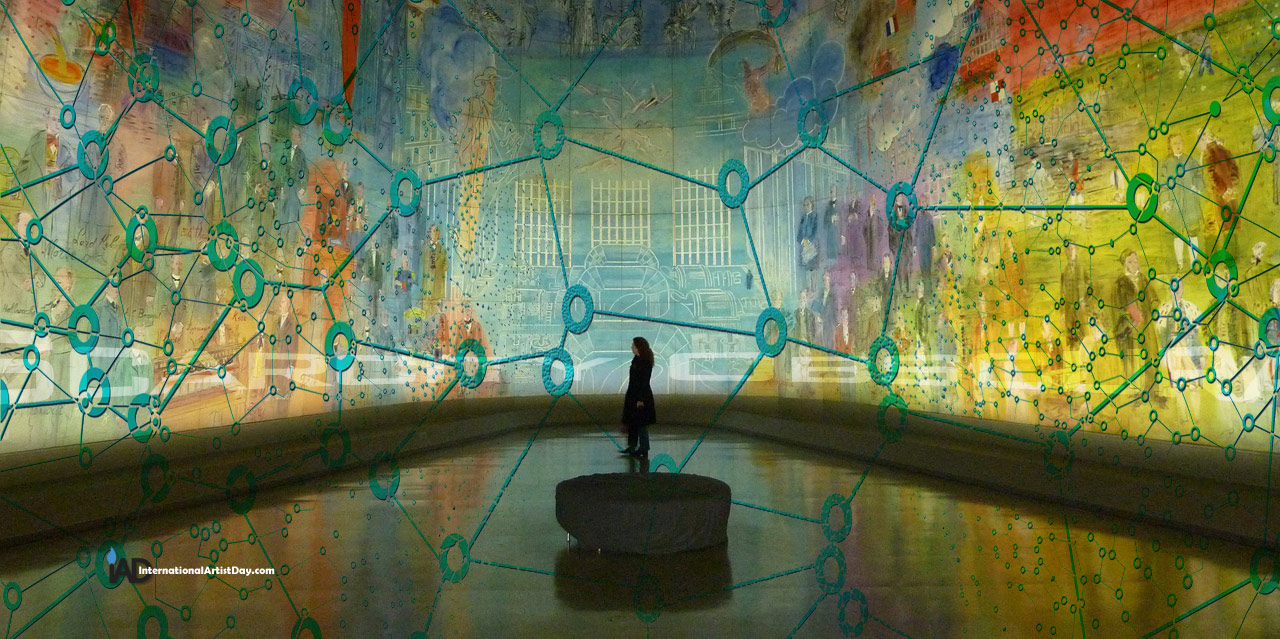
Older artists still resist getting political, but in this era it’s one of the few ways to stand out. Fear of a political stance and opinion is outdated. Today, collectors want to know, beyond loneliness, what inspires an artist and drives them to create. The backstory defines the cachet and value of the work. Contemporary fine art today needs to be a mix of relevant, allegorical, and political muse in order to rise above the noise and confusion of legions of amateurs who do little more than bounce up and down yelling, look at me, look at me!
Museums are also starting to get in the game by displaying regional fine art that has timely political significance. Events like Black Lives Matter and many others inspire artwork that needs to be viewed today and collectively on a global platform across a network of large and small cities. The sensitivity of a society’s important cultural issues cannot be trusted to what only your FaceBook friends think. FB might be a place to start, but the conversation deserves a more intellectual and thought provoking commentary that only a professional art writer can deliver. Experienced writers capture the heart of an issue and move considerably deeper than superficial feelings. Real writers not only eloquently express real emotions, they also offer reasons that add substantial depth of insight.
Writers who write in any real depth about art look at a wide cross section of artists before they carve even a single word. They boil the broth down to a rich, full bodied and complex reduction. When a writer looks at and researches that many artists, the differences become readily apparent. Artists who deliver more than aesthetic appeal deserve and need to be identified and explored. If you paint flowers, and for example you don’t somehow connect the loss of bees to your work, it’s just another painting of a flower. Who really cares enough anymore to invest in it when there are tens of millions of paintings of flowers stockpiled in artists’ closets. Wal-Mart also sells cheap copies for $12.95.
If contemporary fine art is still primarily the provenance of rich white men, which unfortunately it is, then art writing follows suite, until it doesn’t. Thankfully, blanket elitism is eroding as we evolve to a more regional and fractured market of finding our art soulmate. Sure, it’s a bit elitist too, but it doesn’t discriminate.
If the red pill works for you, take it, stfu, and be happy!
You can now find great art writers in small towns living next door to great artists.
In a fractured art market, interests are more varied along cultural and political lines, which brings diversity to a market that for hundreds of years has been myopic and too often based on religious voodoo and political oppression.
Fortunately, there still exists a funnel of truly great and experienced art writers–among them, Jerry Saltz, Jillian Steinhauer, Peter Schjeldahl, Carolina Miranda, Holland Cutter, Christopher Knight, and Ben Davis. Today however, many more are surfacing in smaller communities around the world and displacing the omnipotent power that big art centers like NYC, Paris, Berlin, and Tokyo once boasted.
Whether you are an art buyer, collector, or an artist, you need to become familiar with these names and their community of colleagues around the globe, and engage them in conversation, or at the very least, simply listen to and respect what they share.
It’s also important to follow other members of the art industry who might not necessarily be full time art writers, but who have writing influence, like Alex Browne, Sarah Amormino, Camille Georgeson-Usher, MOMUS, Kate Taylor, Norman Wilner, Sally McKay, Daniella Sanader, and Douglas Coupland. These writers don’t fit the old school mold, but they are still highly informed and influential in their respective fields and interests, and it is in these niche areas where investible contemporary fine art is growing and thriving.
All the rest is Wal-Mart-Art.
Illustrations by Maurice Cardinal :: Photos Courtesy of Gerd Altmann :: Hermann Traub :: Sarah Richter :: Victoria Borodinova - Pixabay.com
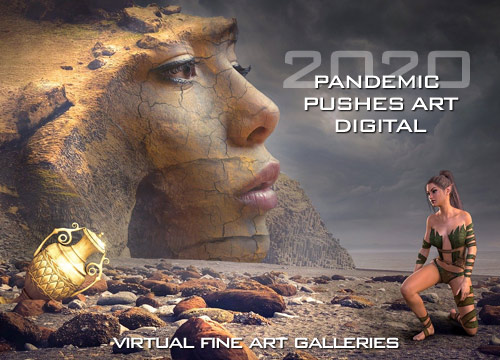

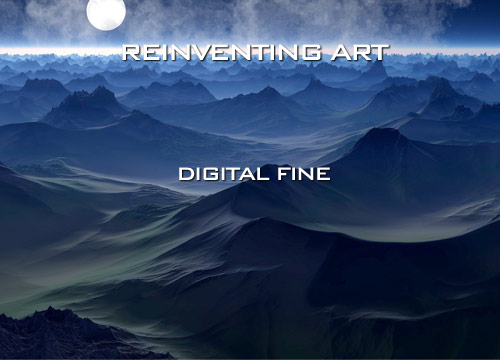


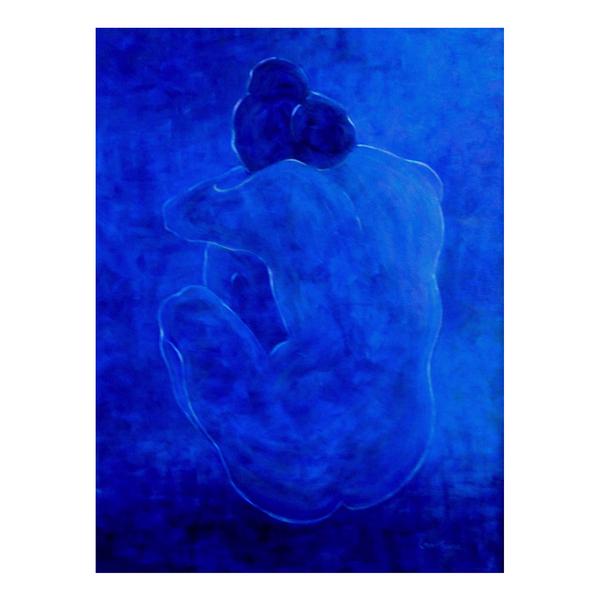
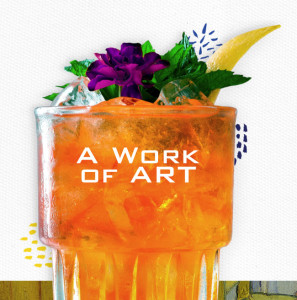
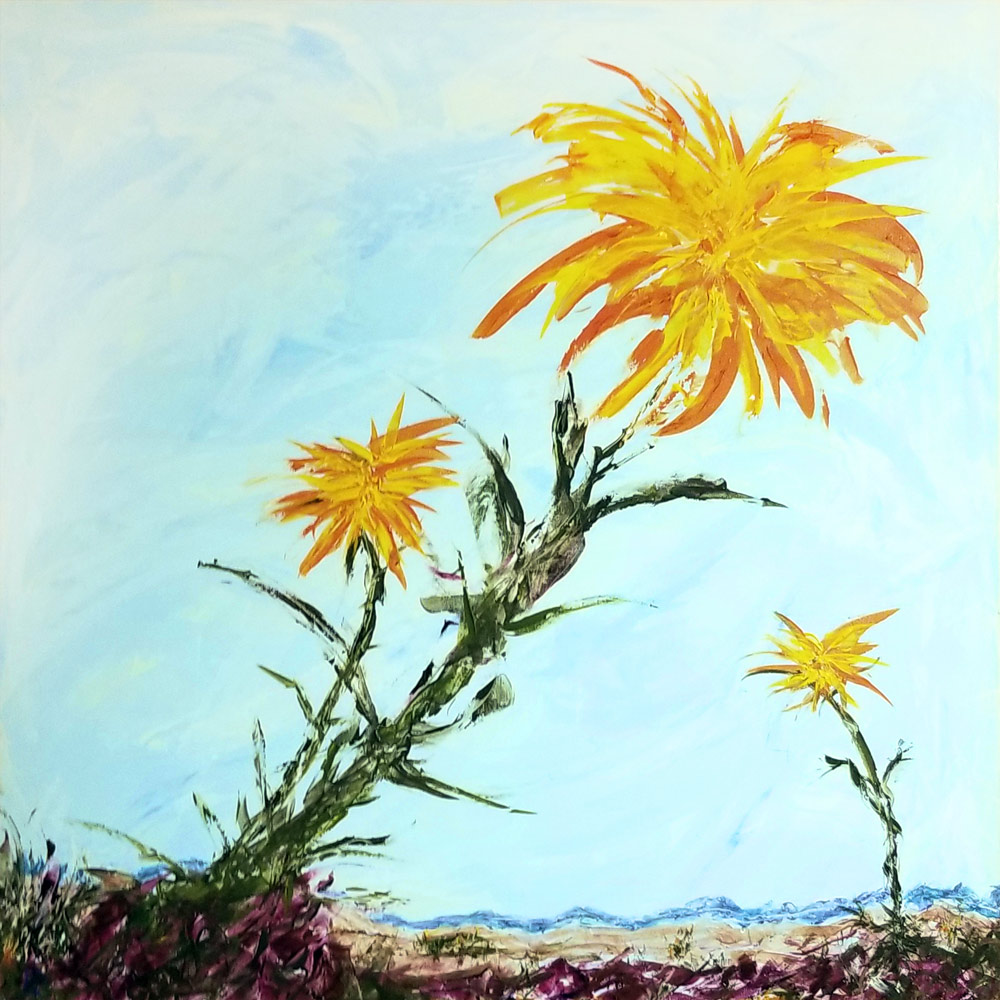
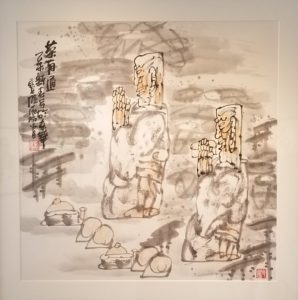 Jenny has a rolling hit with her new gallery that showcases exemplary art to our seaside community – with pieces ranging from an affordable three hundred up to sixty-thousand dollars. Jenny seems to already have the attention and respect of local Asian collectors, and is quickly becoming the west coast stage for incredible pieces by highly respected Chinese artists like
Jenny has a rolling hit with her new gallery that showcases exemplary art to our seaside community – with pieces ranging from an affordable three hundred up to sixty-thousand dollars. Jenny seems to already have the attention and respect of local Asian collectors, and is quickly becoming the west coast stage for incredible pieces by highly respected Chinese artists like 